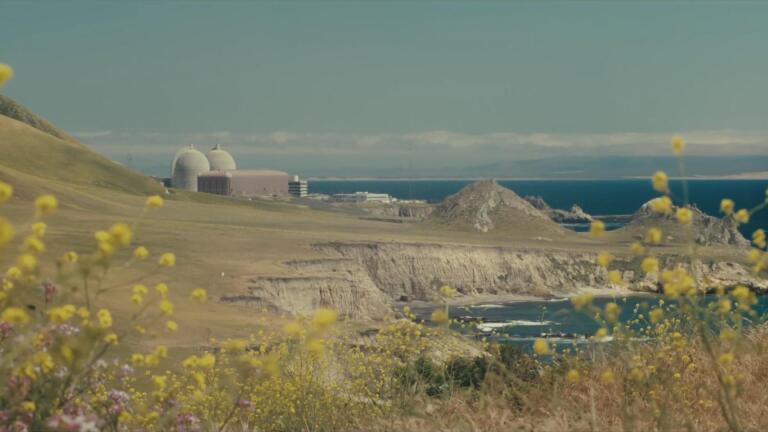Back to Show
Earth Focus
Making Coastal Communities More Resilient to Extreme Weather
Forty percent of the U.S. population lives in coastal communities exposed to flooding, severe hurricanes, and heavy rainfall events. These natural hazards are costly and will be even more so in the future. Hurricane Sandy caused more than $50 million in damages in 2012. In the next 40 years, New Orleans, New York, and Miami alone stand to face some $20 trillion in flood losses.
Joshua Saks, legislative director of the National Wildlife Federation, looks at how America's communities can be protected and made more resilient in an era of extreme weather.
Support Provided By
Season

26:40
Diablo Canyon ignites conversations about nuclear power in the state’s energy future.

26:40
Love for Joshua Tree endangers the local life—both people and ecosystems.

26:40
Ravens threaten Mojave Desert tortoises, and solutions call on shifts in human behavior.

26:40
A transformed L.A. River is envisioned by the communities that live at its edge.

26:40
The L.A. River is reimagined through explorations of history, hydrology, and architecture.

26:47
Everyday people are standing up against the e-commerce giants polluting the Inland Empire.

56:40
Climate change takes a toll on mental health in rural areas.

56:41
Stories of patients and doctors reveal the environmental determinants of health in South Gate, CA.

26:40
A look at the Peruvian government's Operation Mercury, a decisive action to shut down an entire town built around an illegal gold mine.

26:39
South Africa faces a stark reality as the continent’s largest greenhouse gas emitter.

26:39
In-depth profiles of four young environmentalists: Alexandria Villaseñor in California, Carl Smith in Alaska, Ayakha Melithafa in South Africa and Litokne Kabua in the Marshall Islands.

26:40
Entire aquatic ecosystems are beginning to collapse.










